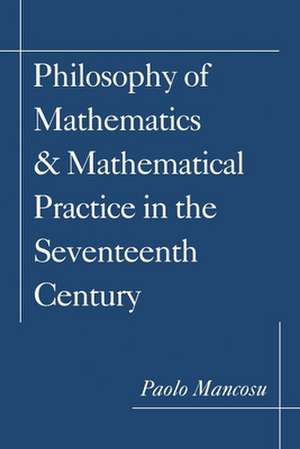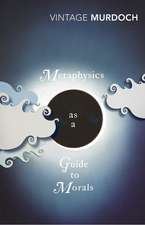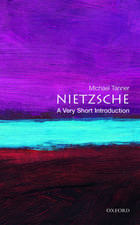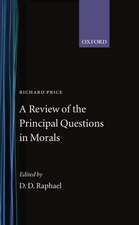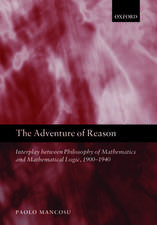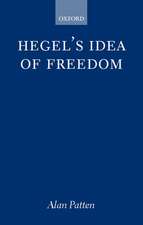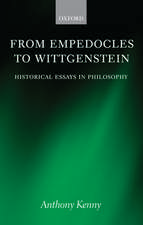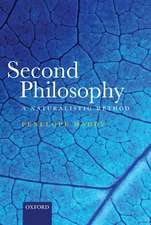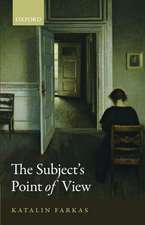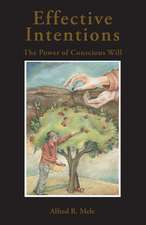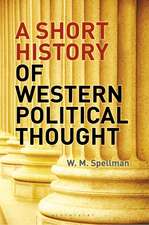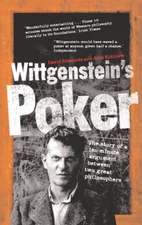Philosophy of Mathematics and Mathematical Practice in the Seventeenth Century
Autor Paolo Mancosuen Limba Engleză Paperback – 29 iul 1999
| Toate formatele și edițiile | Preț | Express |
|---|---|---|
| Paperback (1) | 240.23 lei 31-38 zile | |
| Oxford University Press – 29 iul 1999 | 240.23 lei 31-38 zile | |
| Hardback (1) | 1096.76 lei 31-38 zile | |
| Oxford University Press – 23 mai 1996 | 1096.76 lei 31-38 zile |
Preț: 240.23 lei
Preț vechi: 266.06 lei
-10% Nou
Puncte Express: 360
Preț estimativ în valută:
45.98€ • 47.82$ • 38.53£
45.98€ • 47.82$ • 38.53£
Carte tipărită la comandă
Livrare economică 03-10 martie
Preluare comenzi: 021 569.72.76
Specificații
ISBN-13: 9780195132441
ISBN-10: 0195132440
Pagini: 288
Ilustrații: 42 black and white illustrations
Dimensiuni: 153 x 231 x 19 mm
Greutate: 0.44 kg
Ediția:Revised
Editura: Oxford University Press
Colecția OUP USA
Locul publicării:New York, United States
ISBN-10: 0195132440
Pagini: 288
Ilustrații: 42 black and white illustrations
Dimensiuni: 153 x 231 x 19 mm
Greutate: 0.44 kg
Ediția:Revised
Editura: Oxford University Press
Colecția OUP USA
Locul publicării:New York, United States
Recenzii
Students of the history of mathematics and philosophers of mathematics will find this a valuable addition to the literature.
Mancosu's book shows philosophical acumen as well as high technical competence--and it makes good reading even as it explores abstruse notions or involved technicalities. For historians of early modern mathematics, it is essential reading.
Mancosu tells the story well and is good at bringing out significant points.
This is a very carefully researched and documented analysis of the rich relationship between philosophy of mathematics and mathematical practice during the 17th century.
Mancosu's scholarly book is very carefully researched, but it is also clearly written and fascinating to read. It is not to be missed by anyone with a serious interest in philosophy of mathematics.
Mancosu's book shows philosophical acumen as well as high technical competence--and it makes good reading even as it explores abstruse notions or involved technicalities. For historians of early modern mathematics, it is essential reading.
Mancosu tells the story well and is good at bringing out significant points.
This is a very carefully researched and documented analysis of the rich relationship between philosophy of mathematics and mathematical practice during the 17th century.
Mancosu's scholarly book is very carefully researched, but it is also clearly written and fascinating to read. It is not to be missed by anyone with a serious interest in philosophy of mathematics.
